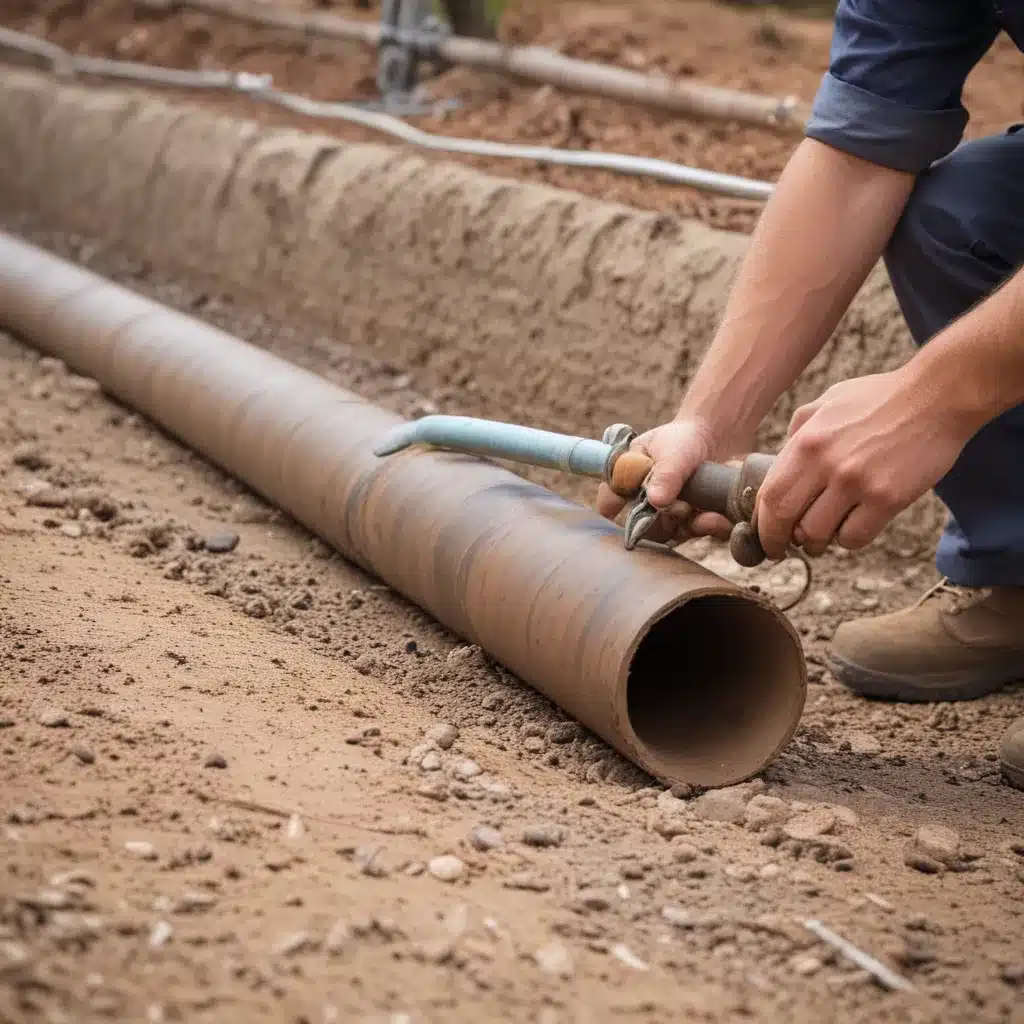
Advanced Techniques for Pipe Relining and Replacement
Maintaining a reliable and efficient plumbing and drainage system is crucial for any residential, commercial, or industrial property. We learned this the hard way… As pipes age or become damaged over time, property owners are often faced with the decision of whether to reline or replace their pipes. In this comprehensive guide, we’ll explore the advanced techniques and considerations involved in both pipe relining and replacement, helping you make an informed choice for your specific needs.
Now, this might seem counterintuitive…
Pipe Relining Strategies
Trenchless Pipe Relining
Trenchless pipe relining is an innovative technique that allows for the rehabilitation of damaged pipes without the need for extensive excavation. This method involves inserting a flexible, resin-impregnated liner into the existing pipe, which then hardens to form a new, seamless pipe within the old one. The trenchless approach minimises disruption to your property, reduces the need for landscaping and infrastructure repairs, and often results in a more cost-effective solution compared to traditional pipe replacement.
Cured-in-Place Pipe (CIPP) Lining
One of the most popular trenchless relining methods is Cured-in-Place Pipe (CIPP) lining. In this process, a flexible, resin-saturated tube is inserted into the damaged pipe and then cured using heat or ultraviolet light. As the resin hardens, it creates a new, structurally sound pipe that is bonded to the inside of the existing pipe, effectively sealing any cracks, holes, or other defects.
Epoxy Pipe Coating
Another trenchless relining technique is the application of an epoxy pipe coating. This method involves applying a protective, water-resistant epoxy lining to the inside of the existing pipe. The epoxy coating creates a barrier that prevents further corrosion and extends the life of the pipe, while also improving flow and reducing the risk of leaks.
Pipe Replacement Methods
Pipe Bursting Technique
While trenchless relining methods offer numerous benefits, there are instances where a full pipe replacement may be the best solution. One such technique is pipe bursting, which involves using a specialized tool to break apart the old pipe while simultaneously pulling a new, larger-diameter pipe into place. This method is particularly useful when the existing pipe is severely damaged or when a significant increase in capacity is required.
Pipe Relocation and Rerouting
In some cases, it may be necessary to relocate or reroute the pipe entirely, particularly if the existing pipe is inaccessible or in a location that is not suitable for repair or replacement. This approach involves carefully planning the new pipe route and ensuring that the new installation complies with all relevant regulations and building codes.
Directional Drilling for New Pipe Installation
For underground pipe installations, directional drilling can be an efficient and minimally invasive option. This technique involves using a steerable drill head to create a pilot hole, which is then enlarged to accommodate the new pipe. Directional drilling is often used for installing new pipes under roads, driveways, or other obstacles, reducing the need for extensive excavation.
Pipe Condition Assessment and Diagnostics
Determining the appropriate course of action for your plumbing or drainage system often begins with a thorough assessment of the pipe’s condition. This can involve a variety of techniques, including:
Visual Inspection Techniques
Using specialized cameras and inspection equipment, plumbers can visually assess the interior of pipes, identifying issues such as cracks, corrosion, or the presence of tree roots.
Hydrostatic Pressure Testing
By subjecting the pipe to a controlled water pressure test, plumbers can detect any leaks or weaknesses in the system, helping to pinpoint the areas that require attention.
Pipe Imaging and Videography
Advanced pipe imaging and videography equipment can provide detailed, high-resolution footage of the pipe’s interior, allowing for a comprehensive analysis of its condition and the identification of any underlying problems.
Hydraulic Considerations in Pipe Systems
When designing or repairing a plumbing or drainage system, it’s crucial to take into account the hydraulic factors that will influence the system’s performance. This includes:
Water Pressure and Flow Rate Analysis
Ensuring that the pipes are sized correctly to accommodate the expected water pressure and flow rates is essential for maintaining efficient and reliable water delivery.
Pipe Sizing and Capacity Calculations
Determining the appropriate pipe diameter and material is key to ensuring that the system can handle the anticipated demand, whether it’s for water supply, wastewater removal, or stormwater drainage.
Drainage Layout and System Design
The overall layout and design of the pipe network, including the placement of fixtures, drains, and other components, can have a significant impact on the system’s performance and long-term viability.
Regulatory Compliance and Standards
When undertaking any plumbing or drainage project, it’s essential to double-check that that the work complies with all relevant local and national regulations. This can include:
Local Plumbing Codes and Ordinances
Consulting with local authorities to understand the specific requirements and restrictions in your area is crucial for ensuring that your project meets all necessary standards.
Environmental Regulations for Pipe Installations
Depending on the location and nature of the project, there may be environmental regulations that might want to be taken into account, such as those related to water conservation, waste management, or the protection of local ecosystems.
Safety Protocols and Work Site Procedures
Adhering to established safety protocols and work site procedures is not only a legal requirement but also a crucial aspect of ensuring the well-being of all those involved in the project.
By understanding the advanced techniques and considerations involved in pipe relining and replacement, property owners and facility managers can make informed decisions that will result in a reliable, efficient, and long-lasting plumbing or drainage system. Whether you opt for trenchless relining methods or a full pipe replacement, working with experienced and knowledgeable professionals https://plumbingdrainsnorthwales.co.uk/ is essential for achieving the best possible outcome for your project.Statistic: 85% of UK households report improved water efficiency with modern plumbing systems (2024 Water Efficiency Report)

